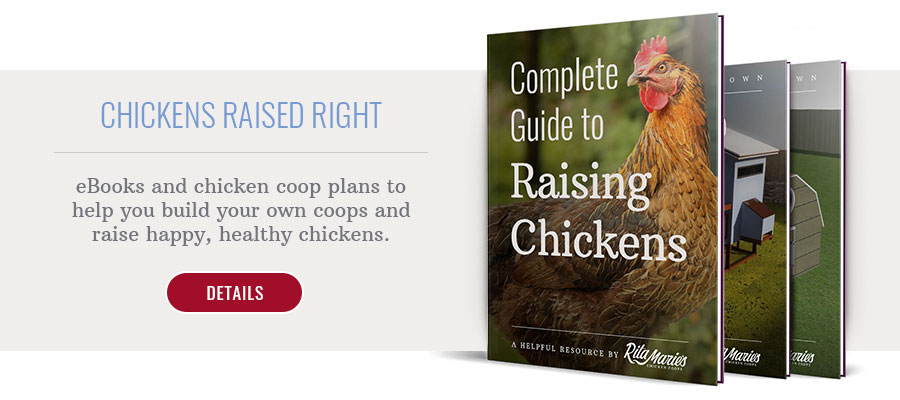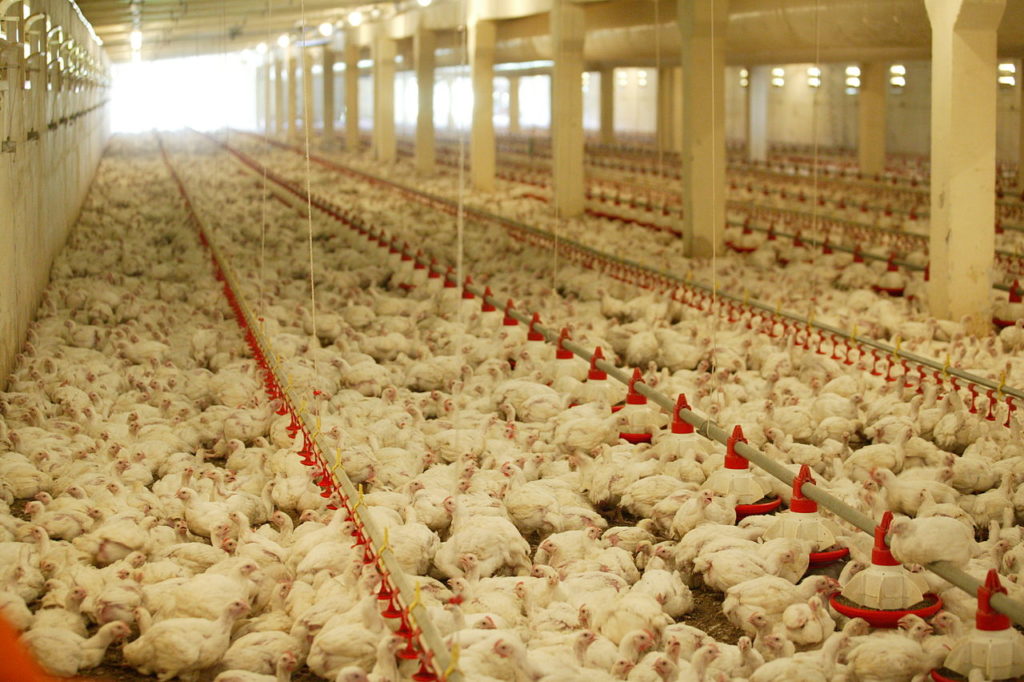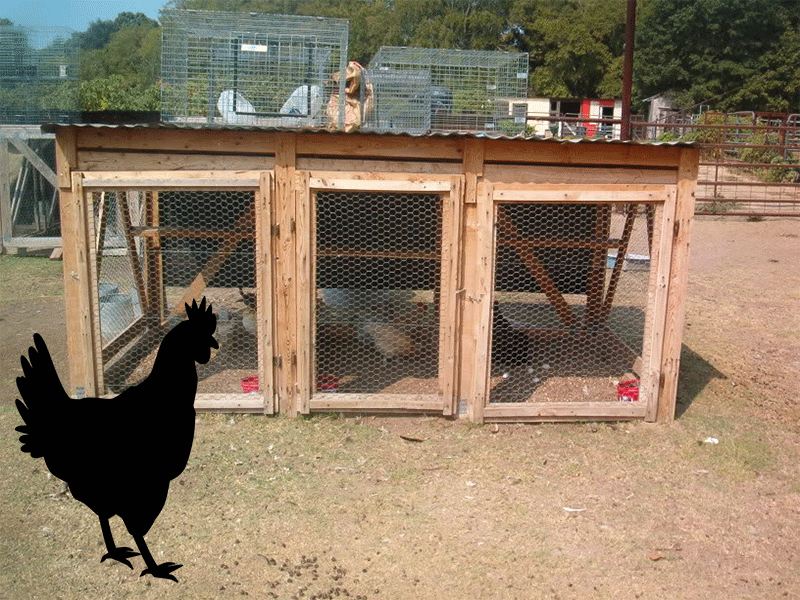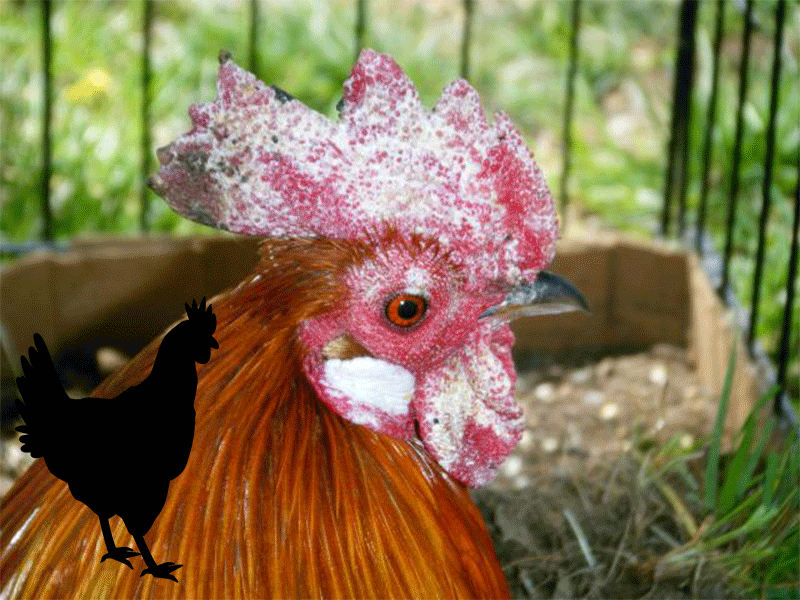Before you start keeping chickens it is important to first understand some of the commonly used terminologies about chickens such as purebreds, hybrids, strains, mixed breeds, and mutations.
Let’s take a quick look at some of these common chicken breed terminologies.
Purebred Chicken
Purebred chickens basically means chickens that have been bred from similar breeds over several generations. They share similar features and genetic makeup. When you breed two chickens of the same breed, the offspring will definitely have the same trait and appearance as the parents.
If you plan to raise purebred chickens in your backyard make sure to purchase the same breed of chickens and avoid mixing them with other breeds.
There are over 200 breeds of chickens. They vary in color and appearance. However, due to interbreeding, purebreds are quite rare.
A majority of the chicken breeds we see today belong to a few breeds such as White or Pearl leghorns, Rhode Island Reds, Plymouth Rocks, Cornish, and a wide range of crossbreeds. These common breeds make up the majority of chickens most people raise for meat and eggs.
The other breeds have survived because of small-scale chickens keepers who understand the importance of maintaining genetic diversity.
Hybrid Chicken Breeds
Hybrids are some of the most common chicken breeds available today. They result from crossing or interbreeding to purebreds.
Hybrids have the advantage of having better traits from both parents which in many cases means improved health and higher productivity.
They are best for one purpose which is basically the end-use. For example, a hybrid can have the tenderest meat or produce many eggs in the shortest time possible. Keep in mind that a hybrid cannot be bred with each other to create a new flock.
So, to get a good supply of hybrid chickens make sure that you have two different purebreds that will serve as parent’s stock.
Chicken Strains
Purebred and hybrid chickens can be further categorized into specific strains. A chickens strain is basically a selection of one specific chicken breeder and usually has the appearance and characteristic traits the breeder intended them to have.
There are purebred strains with basic breed characteristics that also can be slightly bigger or more colorful. Hybrids produced by two different chicken breeds can also be referred to as a strain if they are raised by a single breeder.
Strains are usually given a name when produced in large numbers for commercial use. For example, Cornish and White Rock hybrids have several strains with names such as Cornish X or Vantress and other identification numbers.
Different strains are also cared for different reasons. Some strains are kept because they have white skin while others can survive heat or cold better or even grow faster.
Chicken Mutations
Mutations are basically accidental but natural rearrangements of a chicken’s genetic materials. Chickens mutations occasionally happen, creating chickens that look or act differently than the parent stock.
Depending on your needs or goals for keeping chicken, mutations can either be positive or negative or even inconsequential. In some cases, positive mutations can be used to create new breeds of chickens.
Mixed Breeds
Mixed breeds are also quite common. These are chickens with unknown ancestry. They provide a perfect way to start your home flock because they result from a variety of purebred chickens that are allowed to breathe freely with each other.
Most people choose mixed breed chickens when they want to have a good stock of average layers or chickens with a country look and feel.
However, keep in mind that if you are not aware of the parents of a specific hen in your flock that has a beautiful look or is very productive you may not be able to breed more about that have the same appearance and characteristics.
Another important point to note is that when mixed breed chickens are allowed to reproduce indiscriminately over time, they are likely to end up giving you small-sized, less productive, or even less healthy chickens.
This is because over time mixed breed chickens then go back to the size, color, and egg-laying habits of their wild ancestors.
Chicken Breed Categories
Chicken breeds are categorized into the following groups:
- Egg Layers include breeds that lay eggs but hardly sit on their own eggs. Hens in this category usually lay between 300 and 310 eggs in the first year of production Then start reducing the number of eggs in the following years. They can be used for meat but are not as good as birds kept for meat.
- Meat Birds are kept as a source of meat. Meat breeds have typically larger frames a deeper breast and tend to grow faster. Most of them are actually hybrids although there are many purebreds such as Cornish that are kept for meat. Meat chicken breeds are not usually good egg layers.
- Dual-Purpose chicken breeds which most people keep around the homestead for both meat and eggs. This group of chickens normally has calm and friendly attitudes. They lay a good number of eggs, grow faster, and have enough meat.
- Ornamentals are show birds kept specifically for unique look or beauty. They are often treated as pets. They often do not lay a lot of eggs or make the best meat. However, they can have beautiful colors and unique feathers.
- Bantams are smaller sized birds, often smaller versions of bigger chicken breeds. If no larger versions of the same breed ever existed, they are called “true bantams”.
It is also worth noting that there could be other variations within one individual breed. It is normal to find color variations between a male and female chickens of the same breed.
The chickens may have a solid color but males usually have larger combs, distinct tail feather structure, wattles, and other iridescent features that serve to attract females.





